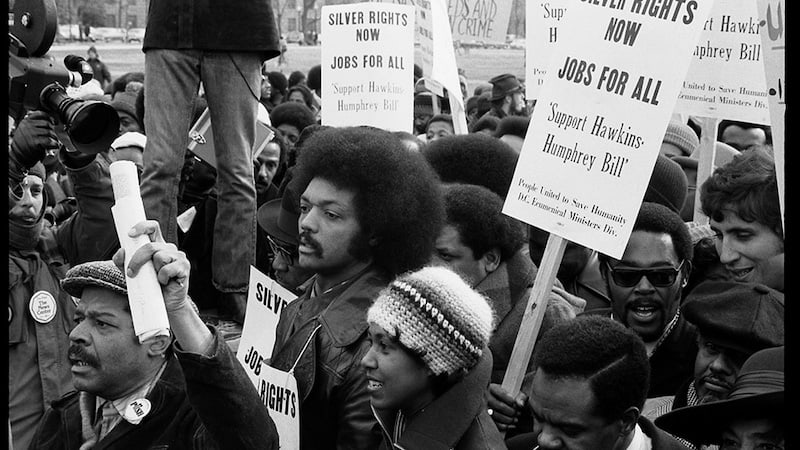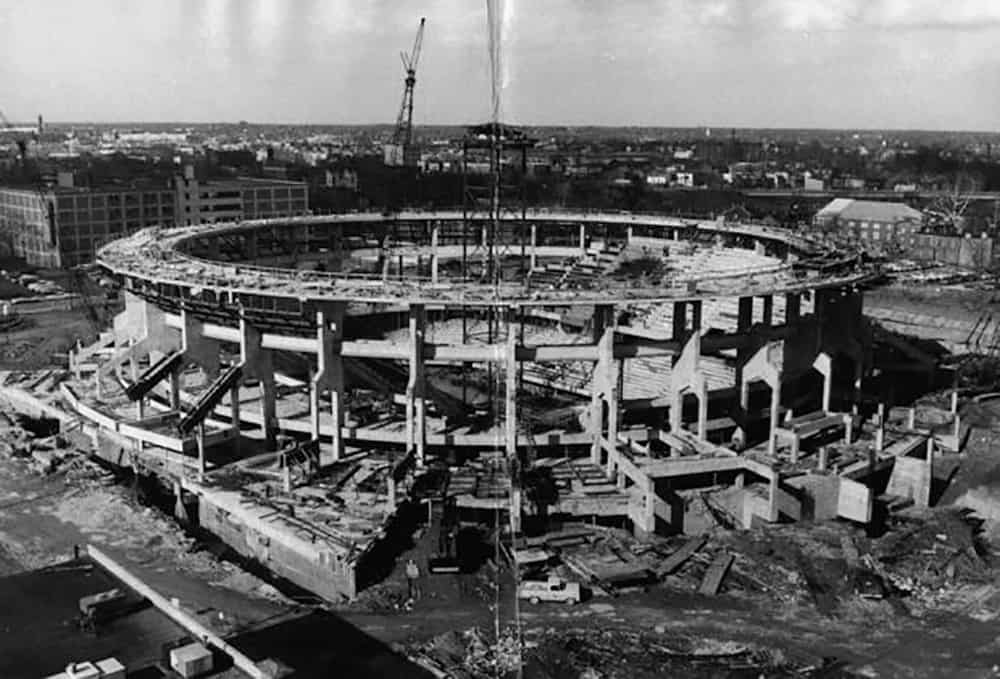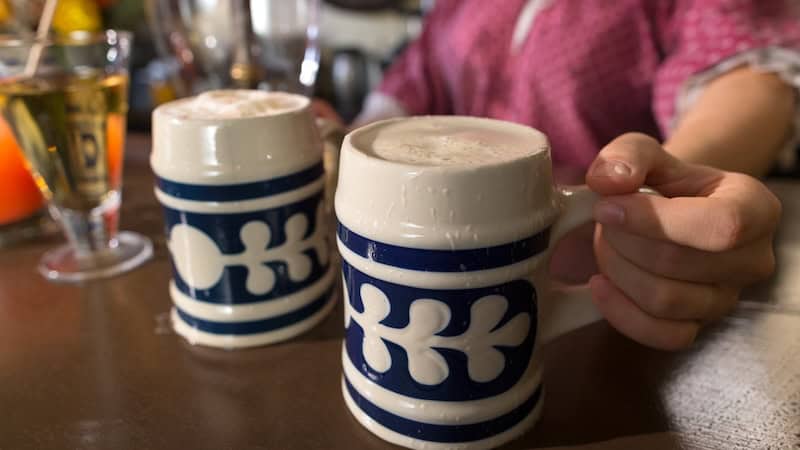Transition and Turmoil of the 1970s
Snapshots of the times

The United States in the 1970s was steered by three very different leaders: Richard M. Nixon, Gerald R. Ford and Jimmy Carter.
Richard Nixon rode to the presidency with the support of the “silent majority” of social conservatives. Seeing the popularity of the first Earth Day in 1970, he saw the writing on the wall: he pushed for the Clean Air Act of 1970 and established the Department of Natural Resources and the Environmental Protection Agency. Under his watch, the Vietnam War caused domestic inflation to grow to nearly six percent; then to 8.8 percent in 1973 and 12.2 percent in 1974.
President Nixon, who was “not a crook,” is best remembered for his involvement in the Watergate scandal, the impeachment proceedings, and his subsequent resignation.
Resistance to the Vietnam War continued from the ’60s, and on May 4, 1970, members of the Ohio National Guard opened fire on unarmed protestors at Kent State University, killing four and wounding nine. But by April 1973, the last U.S. military unit left Vietnam; 58,000 U.S. troops had been killed; and North and South Vietnamese military and civilian casualties numbered more than 3,000,000.
A Presidential Handoff
President Gerald R. Ford took over an ailing economy and an energy crisis. Although he had been a football star at the University of Michigan, he proved to be a bit clumsy, which Chevy Chase took full advantage of by parodying him on Saturday Night Live.
The bicentennial gave the nation a reason to celebrate, with big parties throughout the U.S. on July 4, 1976.
Democratic president James Earl Carter was a proud Southerner, Southern Baptist and peanut farmer. Important draws for his candidacy were that he was a Washington outsider and not a crook. Likewise, his brother, Billy, claimed some of the Carter spotlight (remember Billy Beer?), and (coincidentally?) President Carter can claim credit for once more legalizing home brewing. Then on Nov. 4, 1979, radical Iranian students seized the U.S. Embassy in Tehran, taking Americans hostage – 52 hostages were held for 444 days, not released until the day Carter left office
NOTABLE NEWS HIGHLIGHTS
- NPR aired its first broadcast on April 20, 1971. Susan Stamberg became the first woman to anchor a national nightly news program, All Things Considered, on March 1, 1972.
- Walt Disney World opened in October 1971.
- At the 1972 Summer Olympics, a Palestinian terrorist group killed two Israeli athletes and took nine others as hostages – the hostages, five terrorists and a police officer were killed.
- The World Trade Center’s twin towers were completed in 1973, becoming the tallest buildings in the world.
- Sears Tower (aka Willis Tower) in Chicago in 1974 became the tallest building in the world.
- The first test-tube baby (IVF) was born healthy on July 25, 1978.
- Pope John Paul II, a native of Poland, became the first non-Italian pope in more than 400 years in 1978.
- More than 900 members died in a cult mass suicide-murder in the “Jonestown Massacre” on Nov. 18, 1978.
- The worst nuclear accident in U.S. history happened in Pennsylvania at Three Mile Island on March 28, 1979. Cleanup took till December 1993.
- Mother Teresa won the Nobel Peace Prize in 1979.
RIGHT HERE IN THE RIVER CITY
Shifting sands in Virginia’s capital city
In Richmond, the balance of power was shifting. The Massive Resistance of Richmond’s white power structure was ending (for all official purposes) as the federal government stepped in. In an attempt to better integrate the schools, busing was established during the ’70s (with county school students included in the program for the first few years).
Leading up to the decade, white leadership had effectively decimated the city’s black neighborhoods, including Jackson Ward, Navy Hill and Carver, razing homes and displacing residents to build highways, the Coliseum, commercial properties and public housing. Fulton was the last of these, with the 2,800-person neighborhood demolished by 1973.

White flight was at high speed, seeing white middle-class residents moving from the city to the suburbs of Chesterfield and Henrico; 23 square miles of Chesterfield County had been annexed by the city in 1970.
In 1977, the City Council finally achieved a black majority to better reflect its populace. It elected Henry L. Marsh as mayor, Richmond’s first African American mayor.
Douglas Wilder was ramping up his political power in Virginia in the 1970s, and became the first African American Virginia state senator.
Outside of Capitol Square
Hurricane Agnes stormed into the region in June 1972. Agnes dumped 16 inches of rain on Central Virginia, and the James River rose to 36.5 feet, 6.5 feet above the previous high-water mark.
The redevelopment of Shockoe Slip ramped up in the 1970s, especially after the district was added to the National Register of Historic Places in 1972. Therefore, restaurants, shops and businesses filled the historic district.
Suburban shoppers flocked to the new Cloverleaf Mall beginning in 1972 and Regency Square, which opened in 1975.
Then, Amtrak opened its Staples Mill Road station in 1975, closing Main Street Station and the Broad Street Station. The latter lives on as the Science Museum of Virginia, which unveiled its first permanent exhibit gallery, the Discovery Room, in 1977.
Back-in-the-Day Leisure
For recreation in the 1970s, you could have gone to Kings Dominion’s Lion Country Safari beginning in April 1974, to King’s Dominion theme park, which opened on May 3, 1975, or to Busch Gardens in Williamsburg, beginning May 16, 1975. In the fall, you might have attended the National Tobacco Festival, with its dinners, balls, beauty contest and a parade, or the Strawberry Hill Races, a big tailgate party (aka, party in the “rail spaces”) that happened to have horses running around the track.
You would have seen Elvis Presley’s final appearance in Richmond if you went to his sold-out show in June 1977. He died that August.
All year round, you could have explored the new James River Park. And at night, you might’ve frequented the Much More nightclub.
If you were among the 14,000 who went to the Cherry Blossom Music Festival at City Stadium in April 1974, you would’ve had a big surprise. The event ended in a riot, after a drug arrest incensed some festival-goers.
And at Christmas, you could have taken your children to – or been the child at – the magic downtown, at Thalhimers and Miller & Rhoads, including a visit to Legendary Santa and Bruce the Spruce.
NOTEWORTHY RICHMONDERS: LOCAL NAMES, NATIONAL PROMINENCE IN THE 1970s
- Lewis F. Powell Jr., Richmond native, was justice of the U.S. Supreme Court from 1971 to 1987.
- Political cartoonist Jeff MacNelly began working at The Richmond News Leader in 1970. He received his first two of four Pulitzer prizes in 1972 and 1978. He launched a comic strip, Shoe, in 1977.
- Arthur Ashe, Richmond native, professional tennis player, author, educator and activist for civil rights and racial equality, became the first African American to win the Australian Nationals/Open in 1970 and the first black man to win Wimbledon in 1975.
- Secretariat, born just north of Richmond, in Doswell, won the Triple Crown of Thoroughbred Racing in 1973. His birthplace, The Meadow, has been named to the National Register of Historic Places by the National Park Service.


